10 supercomputers that are saving the world in super-fast time
How the world's most powerful computers are helping humanity
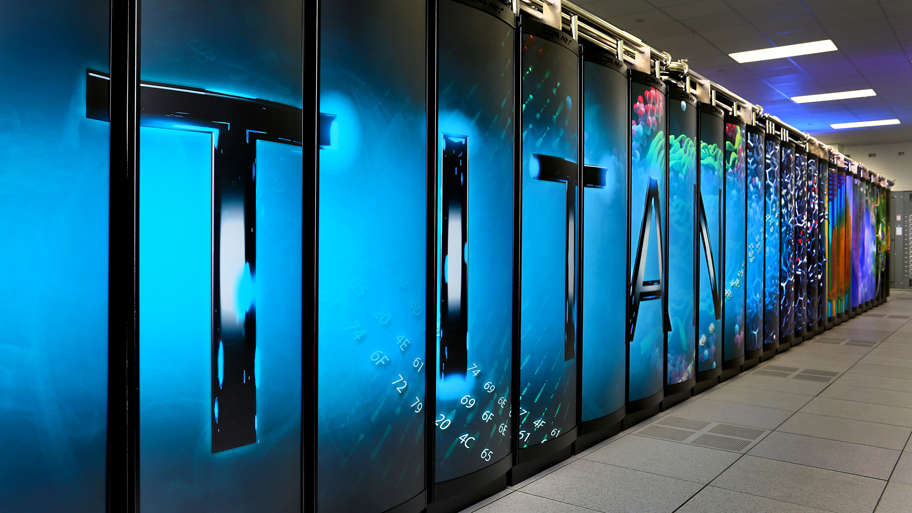
Supercomputers are astonishing feats of engineering, boasting mind-blowing processing power and the ability to calculate the answer to life, the universe and everything. But to some they are supervillains rather than superheroes. For decades governments around the world funded supercomputers with military applications in mind, and some of the most powerful machines ever made were put to work modeling missile trajectories and simulating nuclear war.
Today's supercomputers still do some of that, but they're increasingly being used with the very best intentions: to model the effects of climate change, to find better ways of using energy, to investigate new materials, design new kinds of vehicles and to predict natural disasters.
Take IBM's Watson: after a brief career winning game shows, it's been given a more serious job identifying the most effective treatments for a common brain cancer known as glioblastoma. The system has also been used to identify appropriate treatments for patients with lung cancer.
Watson is an impressive machine, but as supercomputers go it's actually quite modest: its 2,880 processor cores and 16TB of RAM sounds great until you discover that Tianhe-2, aka Milky Way 2, has more than three million cores and 1,375 tebibytes of RAM. That's enough to run Crysis 3 with everything turned up to eleven - so what does it and its fellow supercomputers do all day? Allow us to introduce the world's ten most powerful computers and the high points of their CVs.
1. Tianhe-2 (Milky Way 2)
China
Reckon your quad-core PC is pretty powerful? The National Super Computer Center in Guangzhou, China, has a machine with a staggering 3,120,000 cores delivering 33.86 petaFLOPs. The machine was developed by China's National University of Defense Technology (NUDT) and as you might expect the defense side of things is shrouded in secrecy, but Chinese media reports say it'll also be used to predict earthquakes, for climate modeling and to help China's car industry. That latter claim has baffled many observers: automobile engineering professor Bian Mingyaun of Tsinghua University told the South China Morning Post that using a supercomputer to design cars was "like running after a chicken with an axe…quite unnecessary."
2. K Computer
Japan
Are you a pro? Subscribe to our newsletter
Sign up to the TechRadar Pro newsletter to get all the top news, opinion, features and guidance your business needs to succeed!
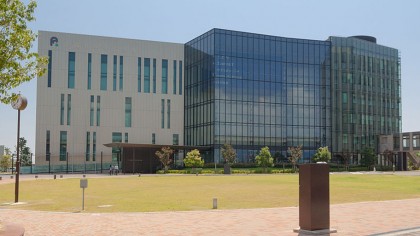
Fujitsu's K Computer is another former number one: in 2011 it was the first computer to top 10 petaFLOPs. It's installed at the RIKEN Advanced Institute for Computational Science in Kobe, Japan, where it runs a variety of applications for tasks including disaster prevention, medical science and climate modeling. That requires a lot of power: at full pelt the K Computer uses the same amount of energy of nearly 10,000 suburban homes.
3. Titan
USA
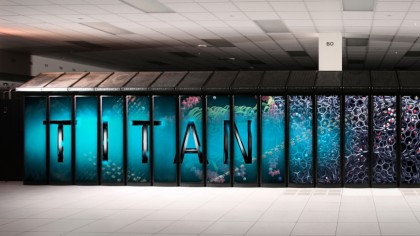
The former number one was built by Cray at the US Oak Ridge National Laboratory, and it boasts some 18,688 CPUs and the same number of GPUs. That gives it a theoretical peak of 27 petaFLOPs. Titan has been used to model combustion to make engines more efficient, to find ways of reducing nuclear waste, to model climate change and to improve materials science in semiconductors and plastics.
4. Mira
USA
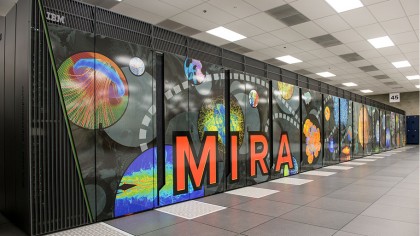
How's this for power: according to its creator IBM, if "every man, woman and child in the United States performed one calculation each second, it would take them almost a year to do as many calculations as Mira will do in one second." It's used by seismologists, chemists, materials scientists and climatologists.
5. Piz Daint
Switzerland
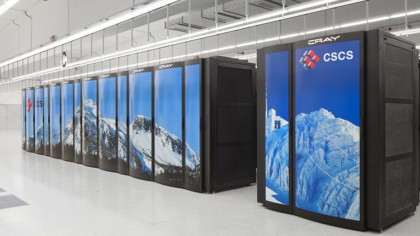
Named after a Swiss Alp, the Swiss National Computing Centre's Piz Daint supercomputer was upgraded in late 2013 to deliver 20 times more power than its predecessor while only using two and a half times as much energy. It's Europe's most powerful supercomputer, and scientists of all disciplines can gain access to it: there's an application scheme every six months, with an independent committee of specialists deciding which applications have the most merit.
Writer, broadcaster, musician and kitchen gadget obsessive Carrie Marshall has been writing about tech since 1998, contributing sage advice and odd opinions to all kinds of magazines and websites as well as writing more than a dozen books. Her memoir, Carrie Kills A Man, is on sale now and her next book, about pop music, is out in 2025. She is the singer in Glaswegian rock band Unquiet Mind.
